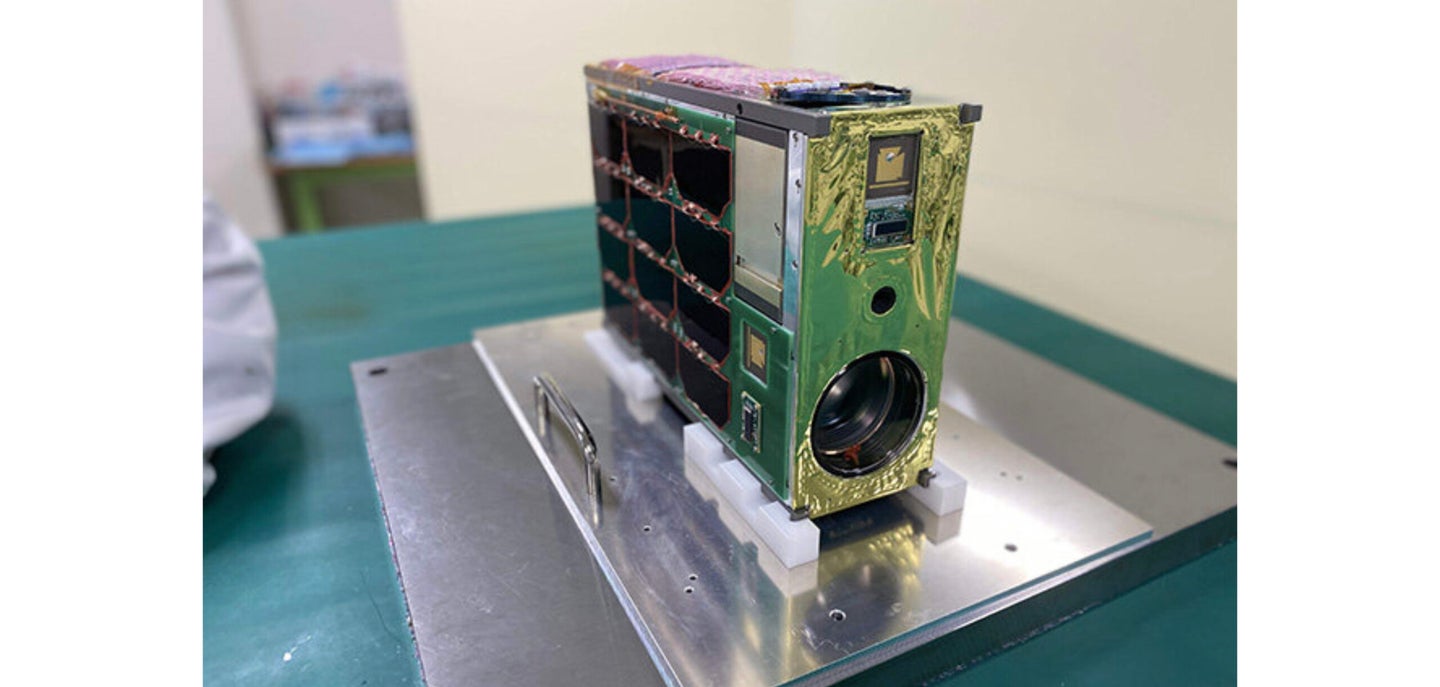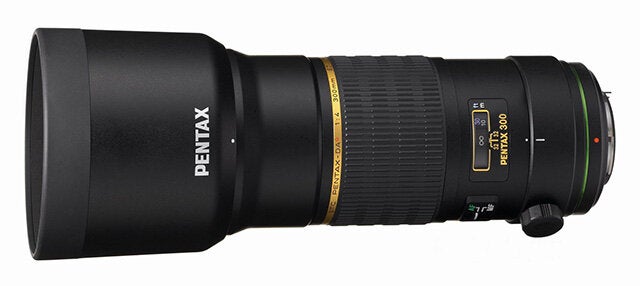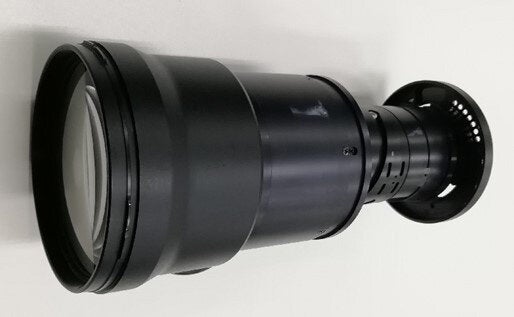
The latest bit of camera equipment to be shot into orbit is the Pentax SMCP-DA 300mm f/4 ED—a relatively affordable telephoto lens for Pentax’s APS-C DSLRs. It’s part of the KITSUNE 6U CubeSat, a nanosatellite developed by a consortium including the Kyushu Institute of Technology in Japan.
The satellite was launched into orbit late last month and it’s currently aboard the International Space Station (ISS) awaiting deployment.
About the launch
The KITSUNE 6U CubeSat was created by the HAK consortium, a Japanese group consisting of Harada Seiki, Addnics Corporation, and the Kyushi Institute of Technology. It was launched on a Northrop Grumman Antares rocket in a Cygnus cargo capsule as part of a resupply mission to the ISS last month. And it will soon be deployed from the ISS’s Japanese Experiment Module (JEM) into a low-Earth orbit, where it will conduct its missions.

The KITSUNE satellite is a CubeSat, which are small, modular satellites, often built with off-the-shelf parts. A 1U CubeSat is a ~4-inch cube that weighs less than 3 pounds. As a 6U-wide CubeSat, the KITSUNE satellite is composed of six 1U modules in a 4 x 8 x 12-inch configuration that weighs roughly 18 pounds. This standardized format allows CubeSats to be launched from the ISS without any special setup.
The KITSUNE mission objectives
The KITSUNE CubeSat will, according to the Laboratory of Lean Satellite Enterprises and In-Orbit Enterprises (LaSEINE), “collect ground sensor data and perform high-resolution Earth-imaging” as part of a bigger project exploring how smaller satellites can be used for commercial and research purposes.
The Pentax 300mm f/4 is the KITSUNE satellite’s primary imaging instrument. From an orbit of about 250 miles above the Earth’s surface, it has a resolution of 5 meters or 16.5 feet, which means that every pixel in a photo taken with the satellite records a 16.5 x 16.5-foot area of the ground below.
So, why Pentax?
Although it might not feel like it, mass-produced commercial photography gear is incredibly affordable, at least on the multinational corporation and government project scale. The astronauts on the ISS use regular Nikon gear and there’s even a deep space research telescope built from 168 Canon EF 400mm f/2.8L IS II USM.

For the HAK consortium, developing its own earth imaging lens would probably have cost quite a bit of money. Or they could instead spend $1,100 at a local camera shop.
There was more to choosing the Pentax lens than just cost, though. As well as being both optically suitable and affordable, the 300mm f/4 is apparently compact enough to fit inside a 6U CubeSat. According to Ricoh, the lens takes up approximately half of the satellite’s real estate.
Also, because the lens body is made from metal, there were no concerns about outgassing, which occurs when gas escapes a material once in the vacuum of space. Outgassing can cause all sorts of problems for an optical instrument and materials like plastics are particularly susceptible to it.
What’s next?
It’s not clear what imagining device the lens is hooked up to or when we’ll see sample photos snapped from the satellite. But we’ll certainly update this story if/when we learn more!
The post A modified Pentax 300mm F/4 heads into space aboard a nanosatellite appeared first on Popular Photography.